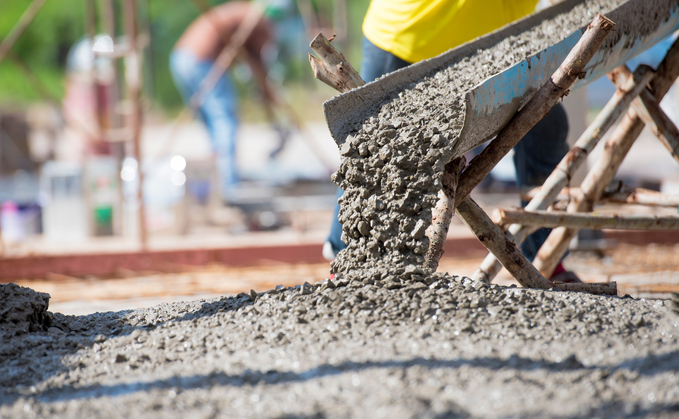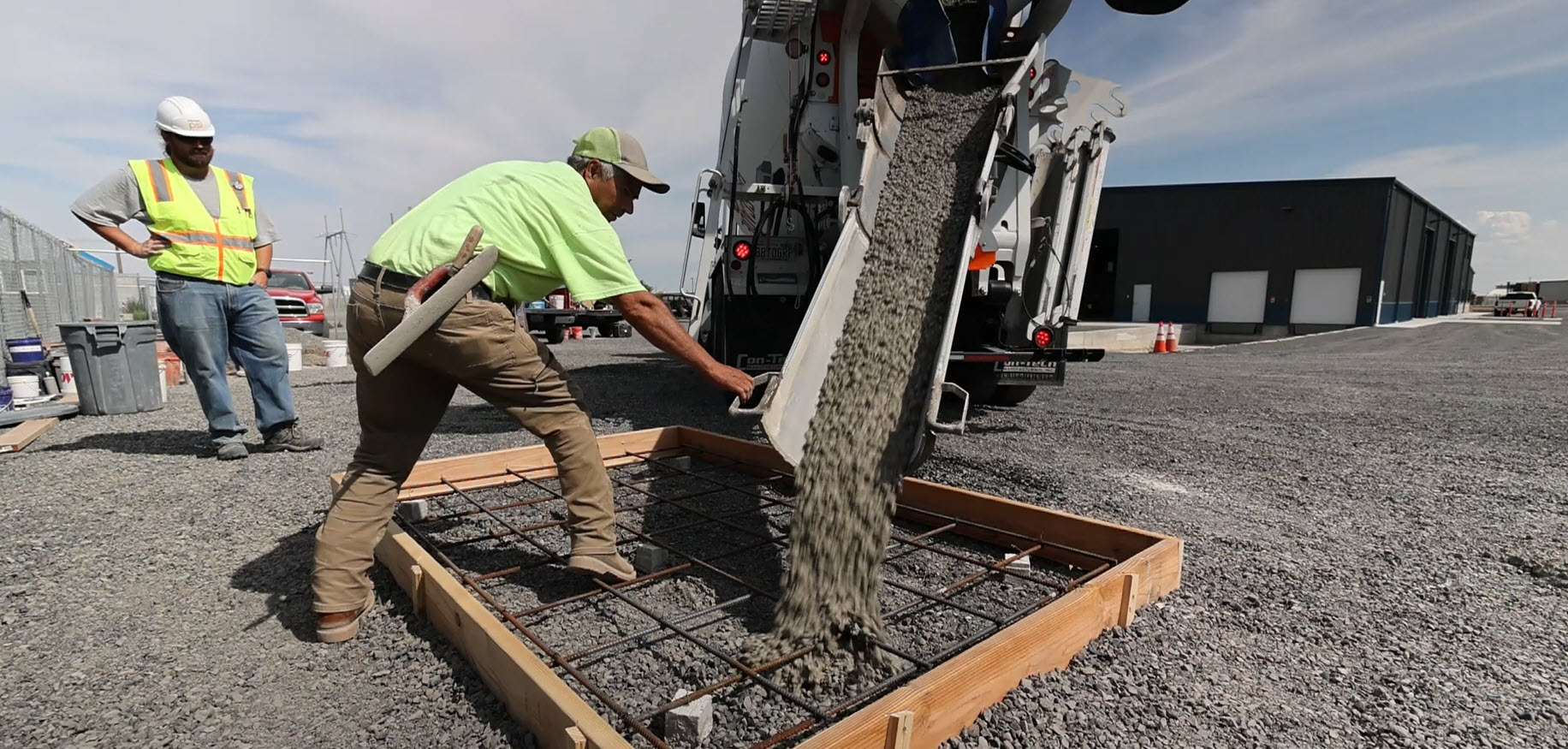Climate change is the most significant environmental problem our society faces today. The rising temperatures caused by global warming will impact much more than just the weather; climate change could have enormous effects on the environment by wreaking havoc on ecosystems across the globe. While this could spell doom for societies the world over if it goes unchecked, several innovators are developing new technologies that can help mitigate some of the damages that have contributed to climate change.
Greenhouse gasses are the compounds that contribute to global warming, such as carbon dioxide, methane, and nitrous oxide. Although they occur naturally in the atmosphere in trace amounts, the atmospheric destruction that leads to global warming occurs when they accumulate in the atmosphere at unnaturally high levels. Several sources can contribute to these gasses accumulating in the atmosphere at excessive levels, from vehicles burning fossil fuels to the exhaust produced by factories.
The importance of decarbonization
However, there is a process by which the carbon in the atmosphere can be reduced, called decarbonization. This process entails eventually shifting our economy towards one that has no CO2 emissions whatsoever, but for now, it means slowing down the output of greenhouse gas emissions so that catastrophic environmental consequences can be avoided, or at least mitigated.
Although some of the environmental consequences that greenhouse emissions have caused are not reversible, decarbonization efforts can help mitigate some of these effects and help prevent them from worsening. By taking these measures, our society can ensure that we preserve the health of our planet for generations to come.
Many environmentalists have pointed toward the ultimate goal of a “net zero future,” but what does a “net zero future” actually mean? To achieve a net zero future, greenhouse gas emissions must be reduced to as close to zero as possible, with the remaining emissions being reabsorbed from the atmosphere. This ambitious goal requires a commitment from both the public and private sector — i.e., governments and businesses — alike to ensure that each stakeholder is doing their part in protecting the environment and reducing our collective carbon footprint.
The construction industry and greenhouse gas emissions

Although much of the discussion on reducing greenhouse gas emissions surrounds outwardly visible contributors such as motor vehicles and other aerial transportation, the construction industry is one of the most quietly destructive sources of greenhouse gas emissions. Ultimately, the construction process is the culmination of many other environmentally damaging processes, from manufacturing to transportation.
However, one aspect of construction that the general public might not understand has the potential to lead to a full-on environmental catastrophe is the use of concrete. Concrete is one of the world’s most common building materials thanks to its strength, durability, and relatively inexpensive nature. As a result, the world uses as much as 30 billion tonnes of concrete annually.
Having to produce such a large quantity of materials creates an enormous strain on the manufacturing process. Manufacturers must produce a large amount of concrete to meet the construction needs of every global market relying on it, and as a result, there are thousands of concrete factories around the world. Each factory causes significant greenhouse gas emissions, causing the concrete manufacturing industry to collectively become one of the world’s highest contributors to greenhouse gas emissions.
To combat these issues, innovators have been developing new technologies to help decrease the industry’s carbon footprint and, hopefully, push our society towards a net zero future. Although, many of these technologies are imperfect solutions that do not serve as a one-for-one replacement for the material that has become such a core component of the construction industry.
Some have proposed solutions like recycled concrete aggregate (RCA), better known as crushed concrete, as a replacement for traditional concrete because it has much less environmental impact. Yet, even though RCA eliminates the need for further concrete production — since it recycles old concrete that has already been used — it is much less durable than concrete and can cause issues during flooding. While it helps reduce some of the environmental impact of the construction process, it isn’t viable in the long term as it lacks the properties that make concrete so reliable.
Decarbonizing concrete

One of the more innovative new technologies is a cement substitute that effectively has the same properties as traditional concrete in terms of its durability, but can also sequester carbon dioxide directly from the air. This groundbreaking new technology allows the cement to become a CO2 sponge, capturing and storing carbon dioxide from the atmosphere and storing it permanently via carbonization. Since concrete is not biodegradable and can stay in landfills for as many as 10,000 years, giving it this absorbent quality can significantly benefit the environment for generations to come.
This technology is new and innovative to the point that its long-term implications on the environment are not yet known. Even so, the materials in this new form of concrete act as a magnetic sponge to the carbon dioxide in the atmosphere. The cement absorbs the carbon dioxide and turns it into a solid. This allows the concrete to store the carbon dioxide safely, offsetting a significant portion of carbon dioxide emitted by creating the materials.
However, having this technology available to replace environmentally destructive concrete is only the first step. There needs to be regulation alongside it to ensure that companies are required to uphold their end of their environmental responsibility and reduce emissions. Laws like the Paris Agreement have set the stage to establish strict thresholds and requirements for emissions, but individual states have also introduced much more stringent requirements, such as NY State Senate Bill A2591/S542.
If governments instate legislation that encourages businesses to invest in and support technology which passively reduces their carbon footprint, the overall ecological impact of our society can be mitigated. The concrete industry is a brilliant starting point for these mitigating efforts because of the enormous reliance construction companies have on concrete and the greenhouse gas emissions resulting from concrete production. It has been a challenge to find a solution that is a practical, yet less environmentally-destructive replacement for one of the most common building materials in the world, but it has finally been found.




